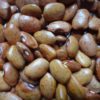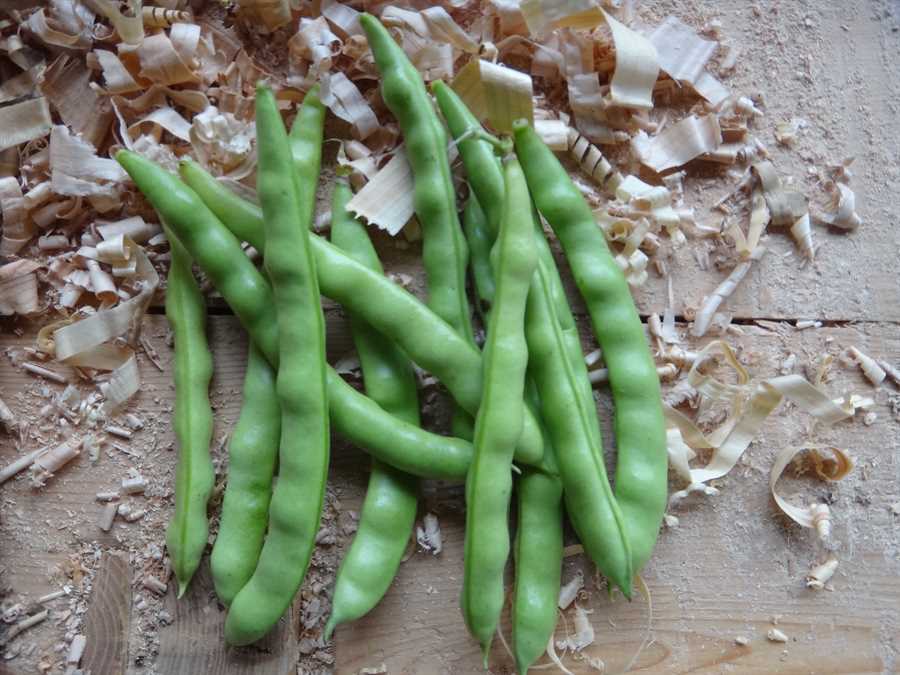Amish Nuttle bean
$4.00
(Phaseolus vulgaris)
Pole, vines 5-8’/1.6-2.6 m tall; grows well on corn. Produces small, curved pods with “cutshort” beans; that is, when the seeds are mature, they press against each other in the pod, causing them to be characteristically squared-off on the ends. Seeds are small, grey with burgundy speckling on one end. Also excellent for leather britches (remove the strings before drying).
One of the older documented varieties in our collection, Amish Nuttle originally comes from the Seneca people. I have heard that it was first offered for sale by Philadelphia seedsman Bernard M’Mahon in 1802, but it far predates that. Cutshort beans of this type may have been the first beans grown in the Northeast by Indigenous people. 90 days to maturity. 40 seeds per packet.
Out of stock
Plant after last frost; soil must be warm or seed will rot. If growing on corn, wait to plant until corn is about 3” tall, or two weeks after corn is planted. Sow 1” deep. Space pole beans in pairs 8” apart, with 8” between pairs if climbing twine, or in groups of 3-4 around single poles 1’ apart. Pick beans for leather britches at about the same stage as shelly beans: when seeds are full size but while pods are still green. String pods and thread them with a needle and string; being careful not to stab through the seeds. Hang to dry in a shady, dry, breezy place. Harvest dry beans when pods are fully dry; seed must be dry enough to not dent with a fingernail for storage. Dry beans can be further dried on a tarp, then threshed by dancing on them and winnowing away the chaff.




